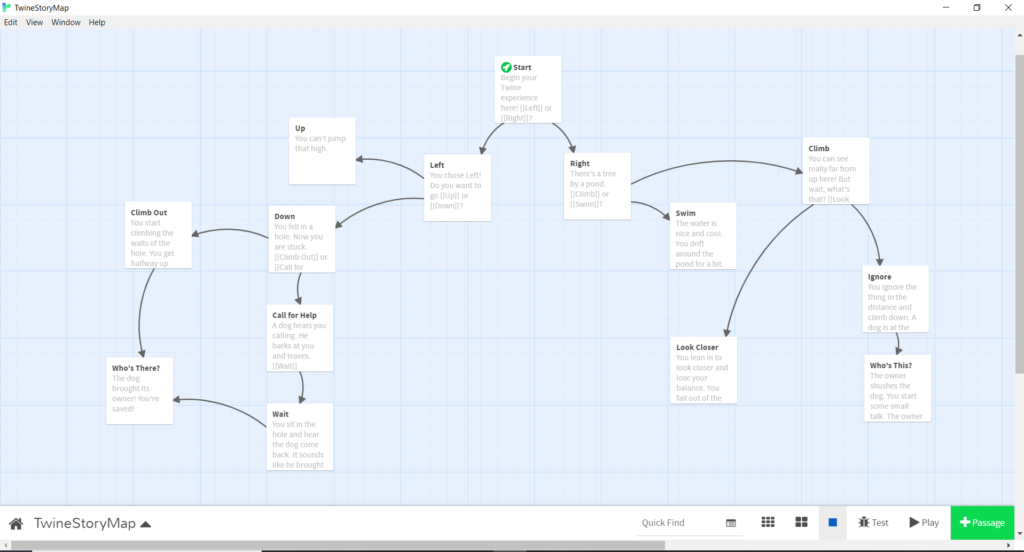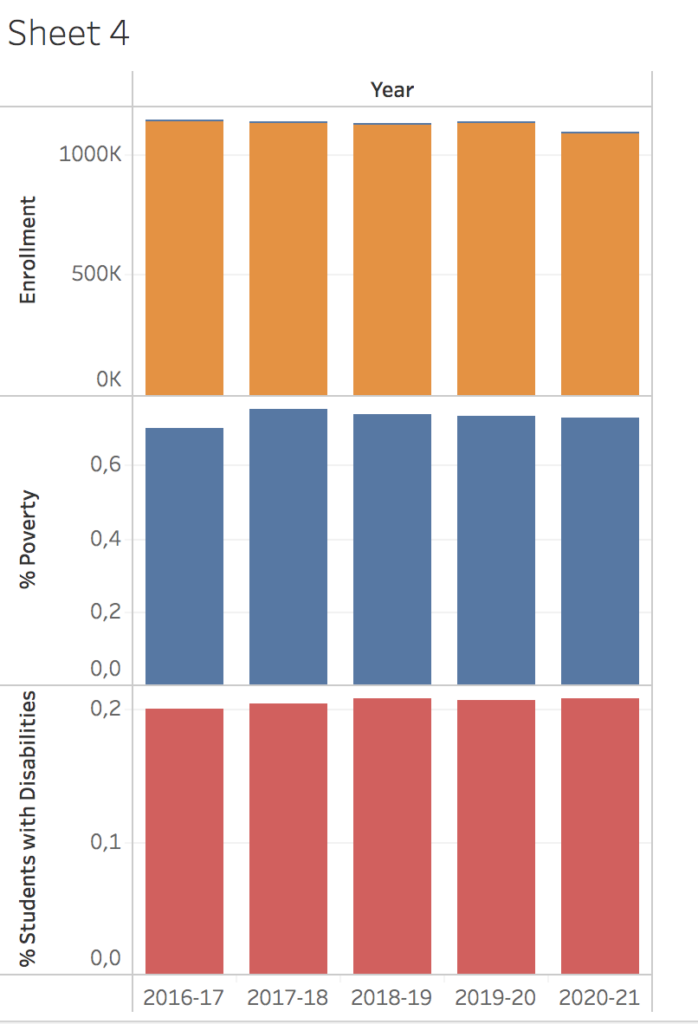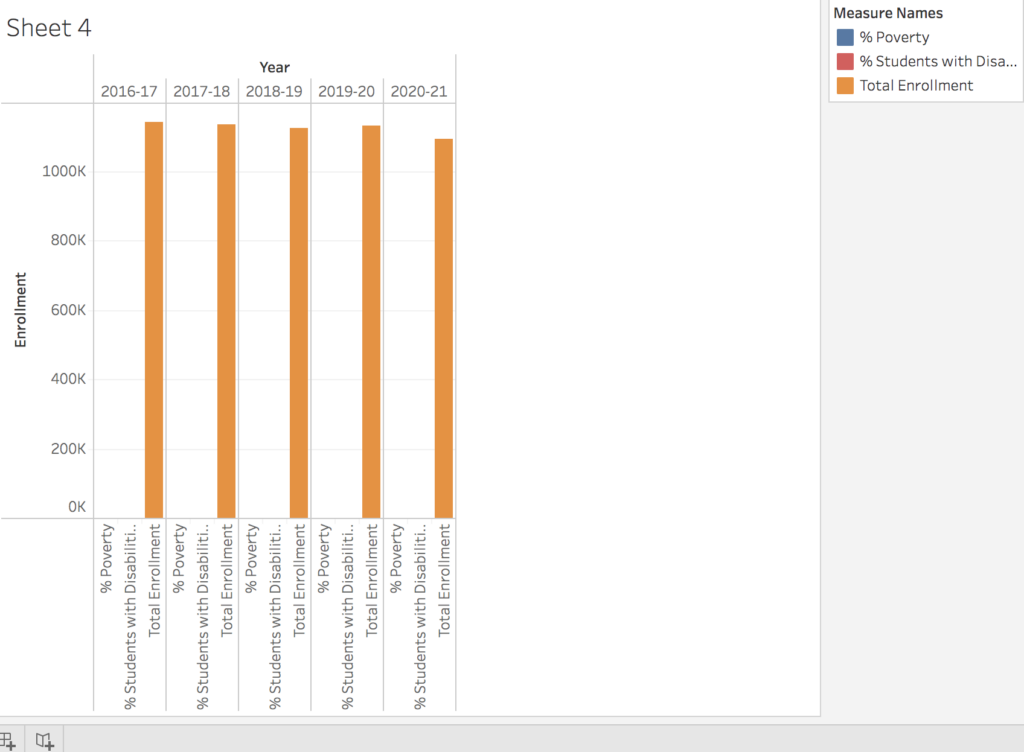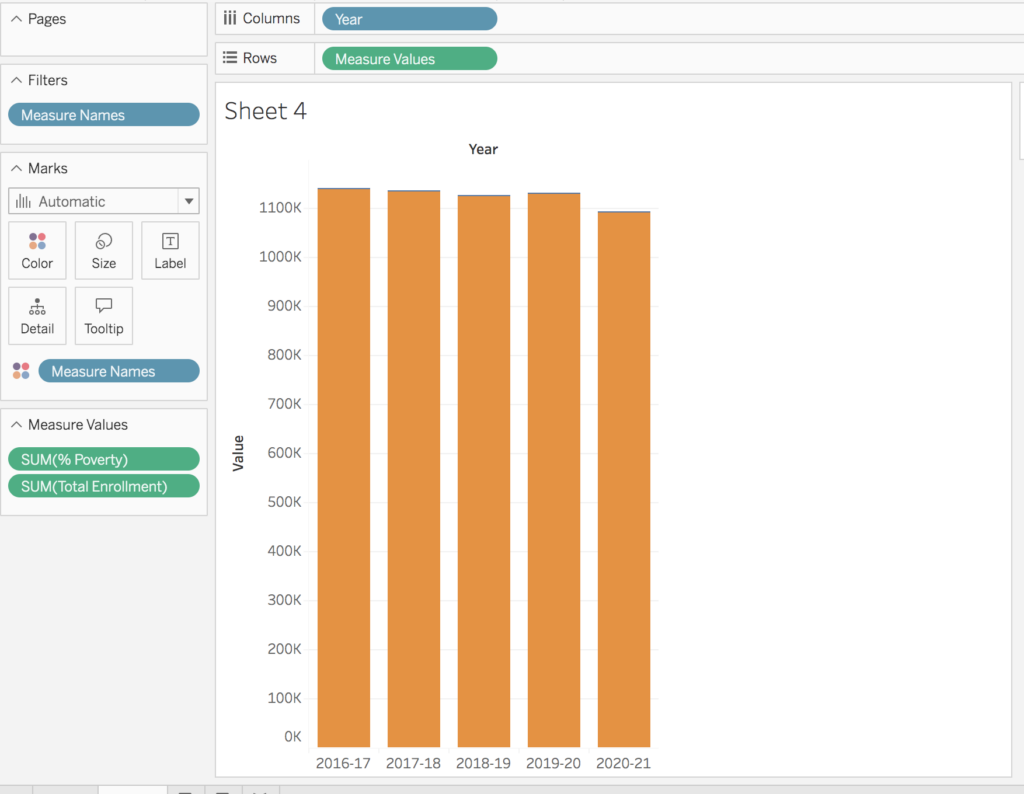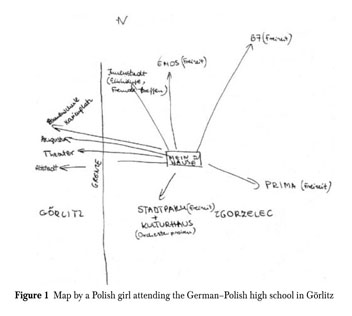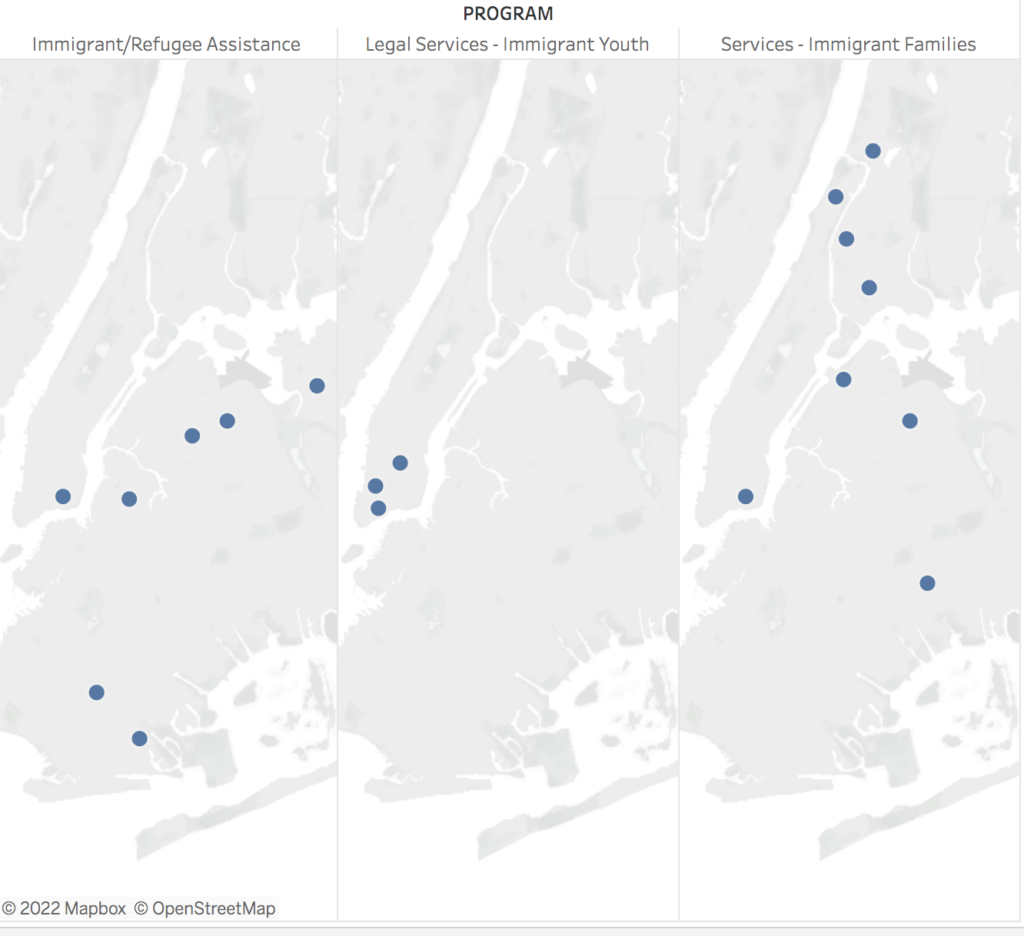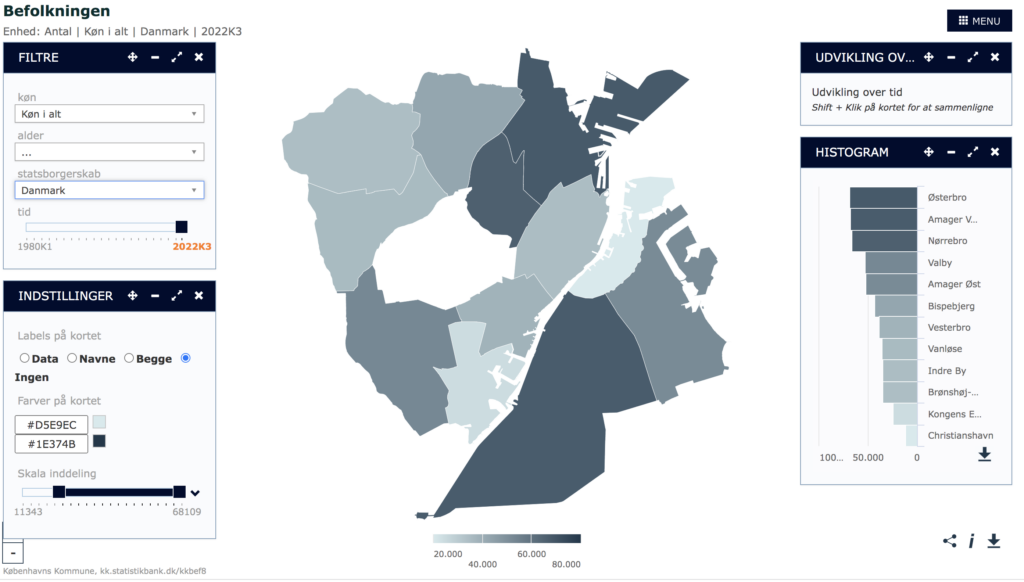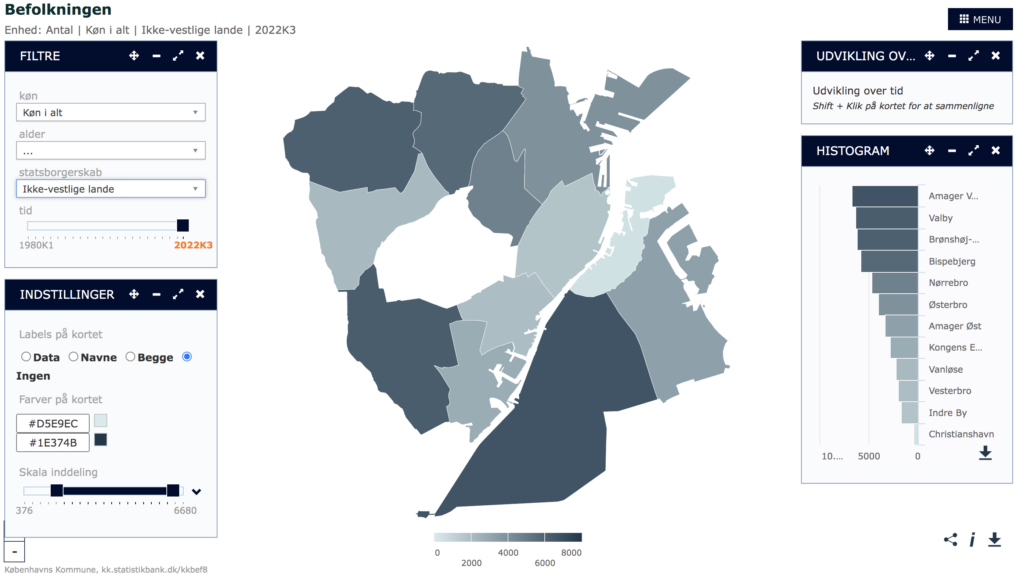I found this assignment of combining theory and praxis interesting but unfortunately this post is coming a bit delayed because of sickness in my home.
I think it is a relevant discussion to have within DH of how social annotation can be a part of facilitating learning experience for students. My own experience with social annotation only comes from my time at the graduate center, and it was interesting to dig deeper into a more theoretical perspective. The reading points to different interesting aspects of annotations that are relevant to reflect upon. One annotation will not change the whole learning outcome for the students, but I have chosen to focus with my annotation on trying to create collaborative, co-construction of knowledge and at least try to address some of the power issues raised by Brown, M and Croft, B. They described how critical social annotation can undermines norms around knowledge authority. To put some of the theory into practice my annotation asks the students to find out together how to approach one of the claims of the readings. I found it relevant how Roopika Risam points to how immersing students in knowledge production gives experience with deconstruction the political formations of knowledge. It would take more than one annotation but it is a relevant goal to work towards.
I have picked to annotate this part of the reading:But an arguably more interesting phenomenon is the voluntary reversal, for now we endorse and facilitate all sorts of peepholes into our domestic interiors. It is perhaps during our drowsy meanders of the deep night, alone in the glowing dark, that we most often find ourselves, through social media’s chain of associations, in a kitchen full of strangers, caught in a moment of togetherness. One could rightly argue that these views are stage-managed, a show to be enjoyed, the opposite of an ambush. And yet there’s always an excess that can’t be controlled, knowledge that slips around the sides of the spotlight. This is a new vision of our homes, with windows opening onto faraway rooms, and lights shining out into remote darknesses.
Annotation:“This is a new vision of our homes, with windows opening onto faraway rooms, and lights shining out into remote darknesses.” What does this sentence mean to you? I’m personally not an expert on social media and I have only used it limited within the last few years, but I understand it as the author claims we show more of ourselves today than earlier. How can we address this claim? What question can we ask to explore this? I suggest that it can be helpful to ask what our own experiences with social media both as sharing, viewing and interacting. What parts did you find interesting in the reading and what do you wish to know more about?

